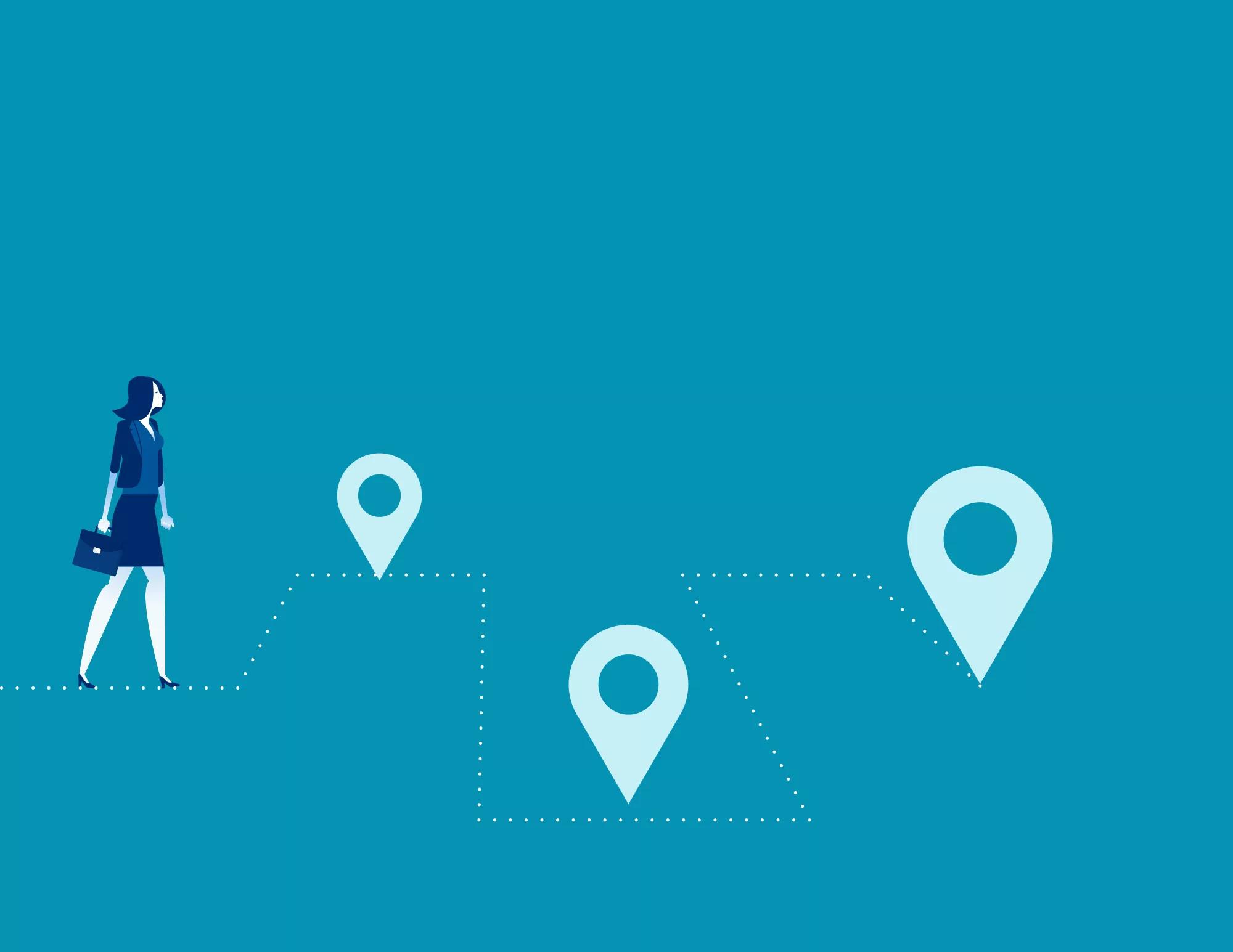ATD Blog
The Journey Begins With a First Step
In “Models to Map the Learner’s Journey,” Iuliia Algasova outlines how to map the learner’s journey for learner, organization, and learning and development (L&D) practitioner success.
Wed Mar 12 2025

Bookmark
Instructional designers must manage many moving pieces when creating learning solutions. Take, for example, technology, learner preferences, content, and pain points. It’s a lot to keep track of. One tool that can help is a learner’s journey map. In “Models to Map the Learner’s Journey,” Iuliia Algasova outlines how to map the learner’s journey for learner, organization, and learning and development (L&D) practitioner success.
Why Create a Map?
The visual gives instructional designers a clear picture of the different elements of the learning journey and their relationship to one another. That clear visual is also something that L&D leaders can share with new members of their team, subject matter experts, and leaders and managers so they can better understand the learning initiative.
The map allows ID practitioners to see what might be missing; what might be in conflict with other elements; and where they may have unrealistic expectations, such as time length, support, or learner feelings about the process or step.
What Goes on a Map?
Maps consist of two groups of items, according to Algasova: scope and elements. The scope pertains to when the learning experience begins and when it ends. It could start when the employee receives the invitation to take part in training and might end when they successfully test out new knowledge and skills in the classroom.
There are two types of elements: learner perspective and organizational perspective. The learner experience consists of elements that are the focus of the training session or other event, or even a strategy or change management implementation. These learner perspectives include feelings, actions, results, role, involvement, magical moments, and miserable moments.
From the organizational perspective, elements include touchpoints (interactions between the organization and learner), tools and media, communication, trainer actions, friction, and opportunities.
Where Do You Begin?
There are a few different ways to create a map depending on the project’s purpose and personal preferences of the designer—a grid, network, and scenario are a few types; Algasova recommends these steps:
Step 0: Prepare. Prior to beginning the mapping process, take time to think about your learners or other audience. Generating learner personas can be helpful. You’ll also want to determine your learning objectives.
Step 1: Create a Layout. Now, you’re ready to choose the structure for your learner journey map. Establish the components, think through the scope, and establish major phases.
Step 2: Identify Key Touchpoints. Algasova advises starting with the touchpoints as “L&D professionals tend to already have ideas for a training program and known resources to use or reuse.” These are moments when the learner interacts with the material, instructor, or peers. Such touchpoints may include watching a video, attending a live session, or working on a team assignment.
Step 3: Map Learner Actions and Feeling. Once you have laid out the touchpoints, name learner actions and reactions. Do learners have the ability to perform the listed action? If not, insert another touchpoint.
Step 4: Confirm Whether Actions Lead to Achievement. Have you effectively addressed the learning objectives? Consider any modifications you may need to address shortfalls.
Step 5: Think Through Other Components. Once you have the main elements in place, consider whether there are other components to add. Are there any magical moments you can inject? Or are there miserable moments to remedy?
Step 6: Adjust to Achieve Balance. Is the pace too fast? Too difficult? Are there tools that could be frustrating to learners? Consider these questions to make your program engaging and the environment supportive.
Step 7: Review With Colleagues. Completing this step will give the L&D practitioner fresh perspectives of their colleagues to further improve the program.
A Neverending Story
A learner journey map is designed to be flexible. You can revisit it with learner feedback relative to miserable moments or barriers; revise organizational perspective elements such as new tools or support aids; or take advantage of opportunities such as science-backed learning strategies.
As your confidence in mapping increases you may want to add complexity, or even brainstorm new initiatives that might benefit from a map.
